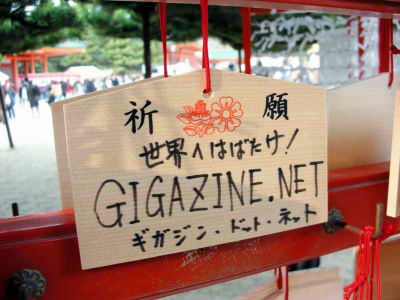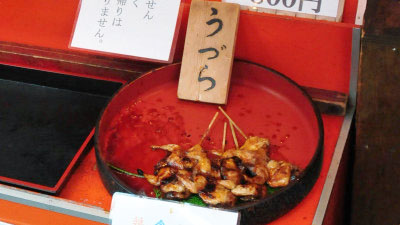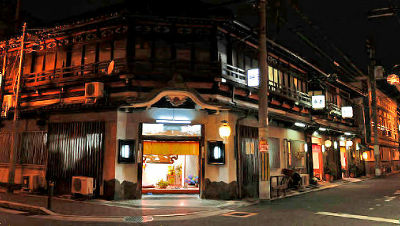I went to Kyoto's Toji Temple Hiroki City where various items ranging from kimonos to sparkling antiques
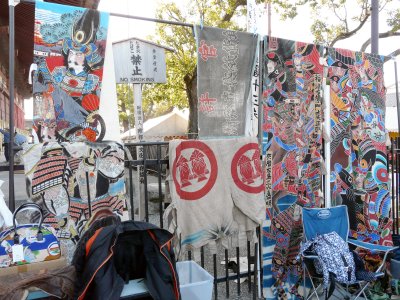
Hiroki city of Kogyo is a festival held on the 21st of every month in Kyoto 's Higashi - ji because it is the day that the aika of Kobo Daishi gave the award. As I felt like bringing something to sell like a flea market, I saw what kind of things it comes from various things from antiques and old clothes to plantations to food stalls.
Details are as below.
Tojo entrance. Nearest station is Kintetsu Kyoto Line Toza station, about 15 minutes on foot from Kyoto station.
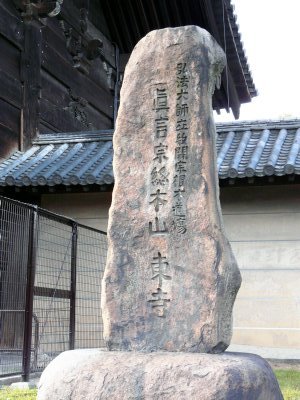
Namdaemun of important cultural property.
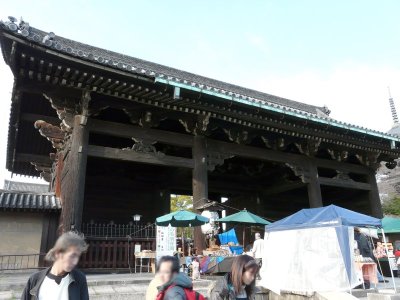
Statue of Daishi statue near Namdaemun.
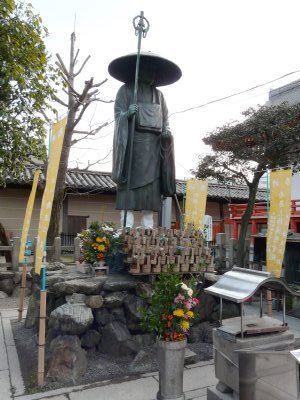
The most common thing to see is antiques such as fonts.
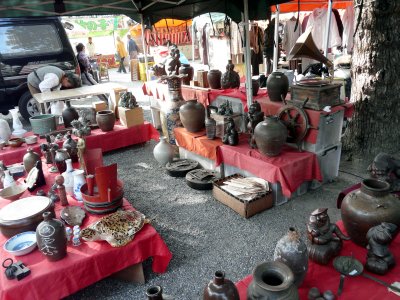
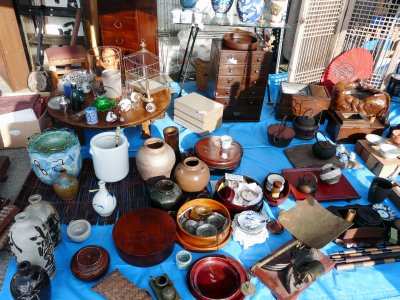

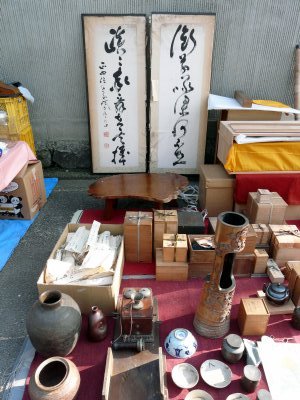
Brim and coin.

Wind chimes.

Japanese paper hat.
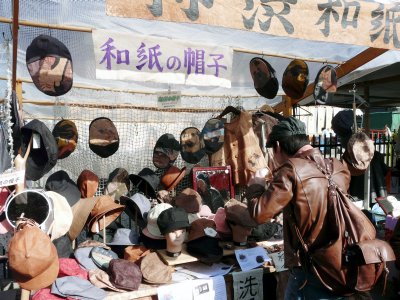
There are some with a pattern, and it seems that washing is also possible.
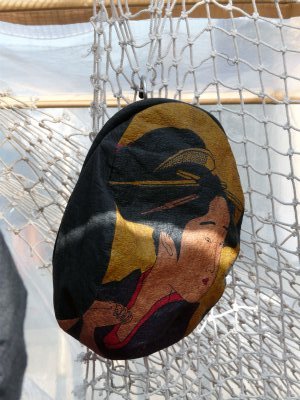
People are messed up. The biggest five-storied pagoda in Japan is visible on the left.
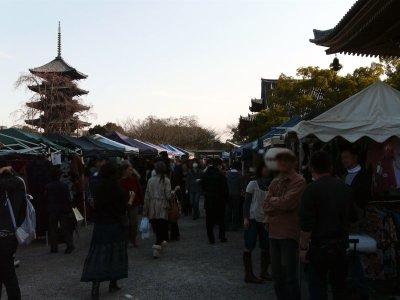
Beads and statues of small stones.

We also sell ingredients.
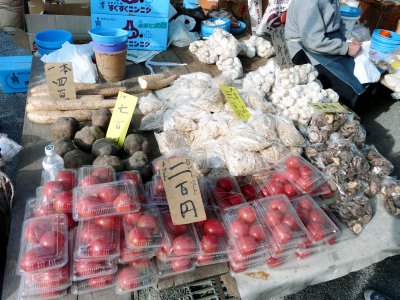
Many shops sell kimonos.
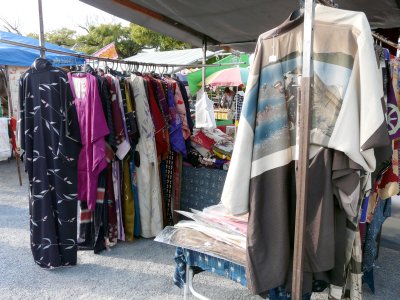
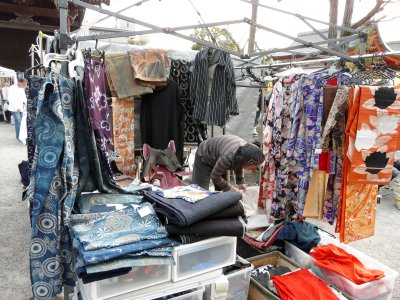
Store selling hemp and cotton cord.
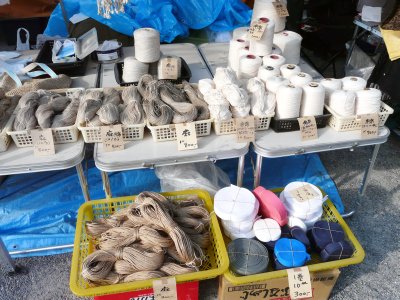
Cloth of persimmon juice dyed.
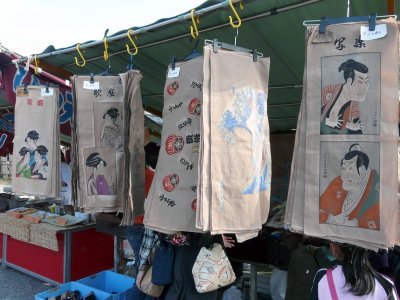
One piece 1000 yen.
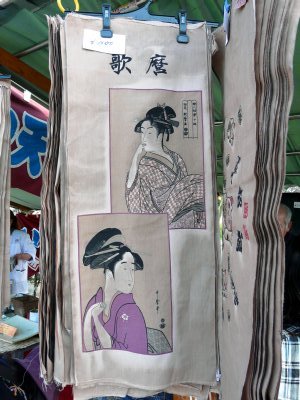
Daily necessities such as broom and basket.
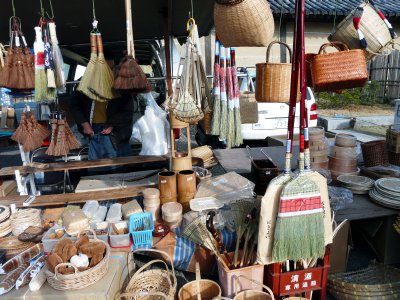
Many food stalls.

Japanese Pattern Tie.

People who can wear coolly are likely to be quite limited.
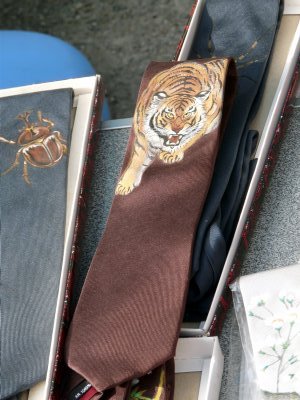
Brush.
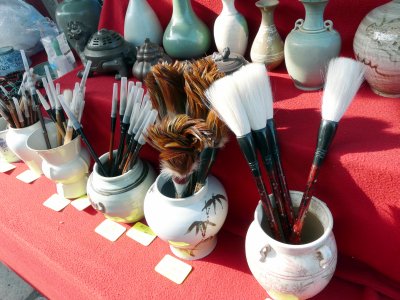
1000 yen It is a store that sells old clothes uniformly.
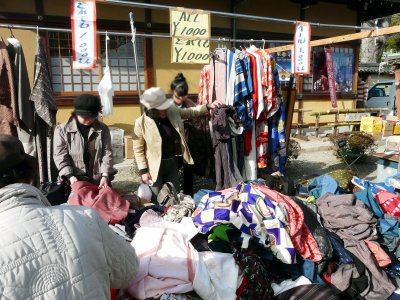
There are quite a lot of stores selling pottery.
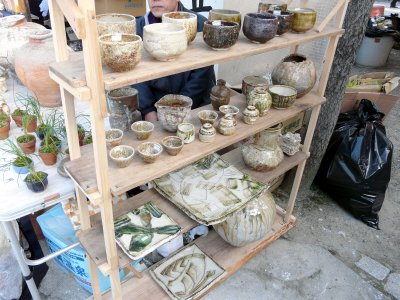
Some people are arranging a bit different.
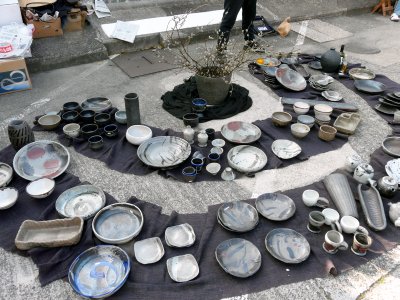
One of the entrances and exits, important cultural property "Hokdaemun".
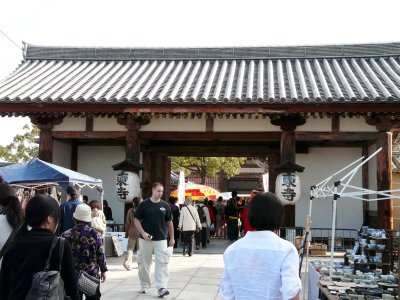
There are moats around.
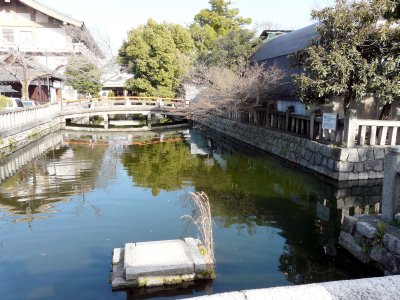
Important cultural property, Keiga gate.
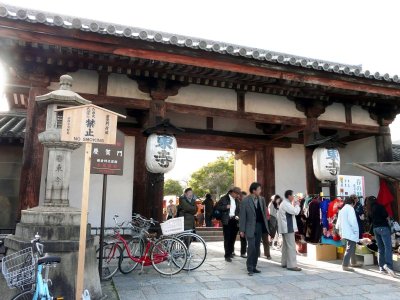
The shop is still in front of the gate.
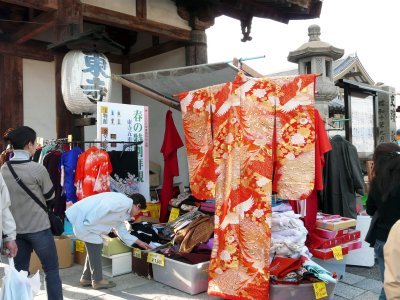
A police box in front of Toji.
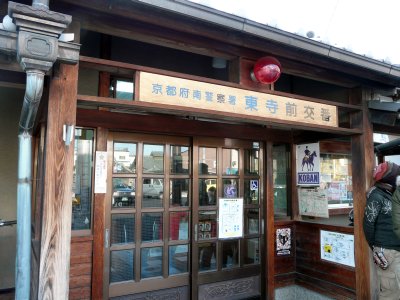
Wooden products such as desks and chairs.
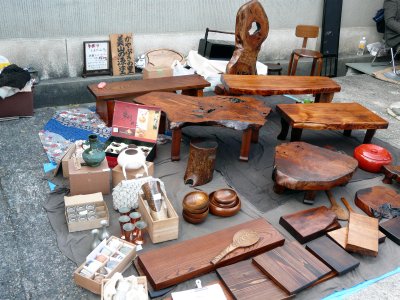
cloth.
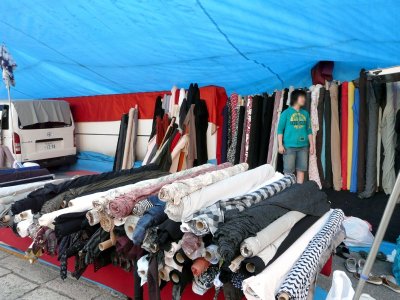
Get.
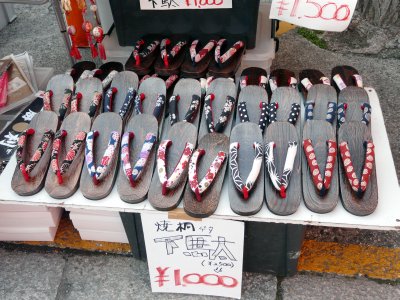
A 90-year old grandmother who handmade it.
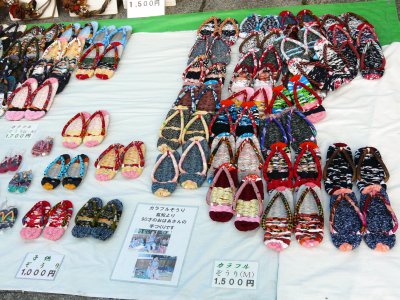
Gourd.
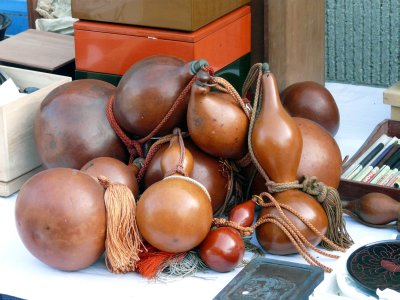
hanging scroll.
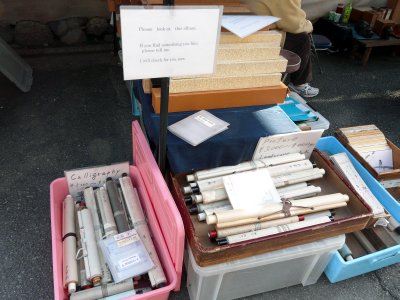
It was also written in English for foreigners.
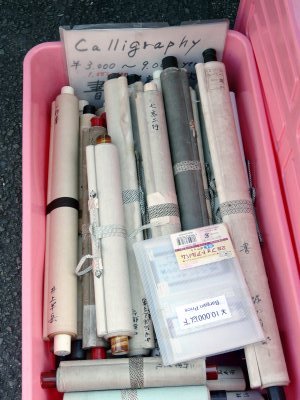
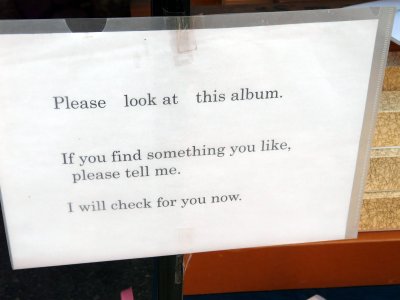

Various tools.

A saw 700 years ago, made by Muromachi Period.
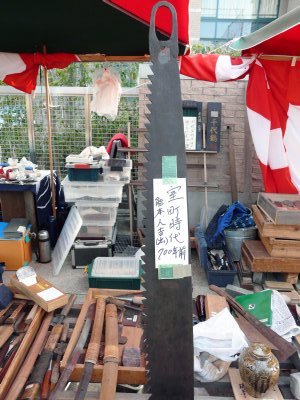
A whistle.

Goodwill. It is being markedly downgraded.
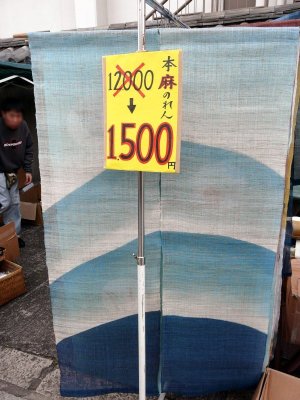
We sell plants around here.

A fine bonsai.
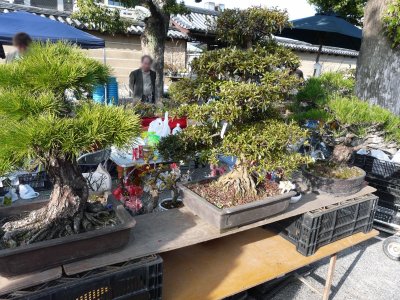
Huge planting trees and the like are staggered outside the temple.
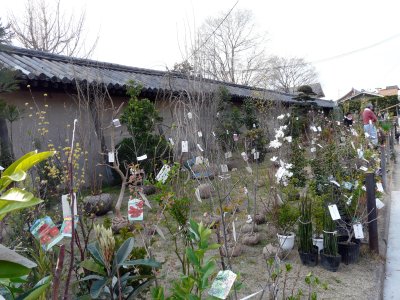
Festival day was held at about time of sunrise to about sunset, and some shops went to see at the time they started to raise, but still a lot of people came. Since price is also arbitrarily attached like a flea market, it varies from a price price to a high price. It is worth visiting people who have many tourists from abroad and want old Japanese things.
Related Posts:



